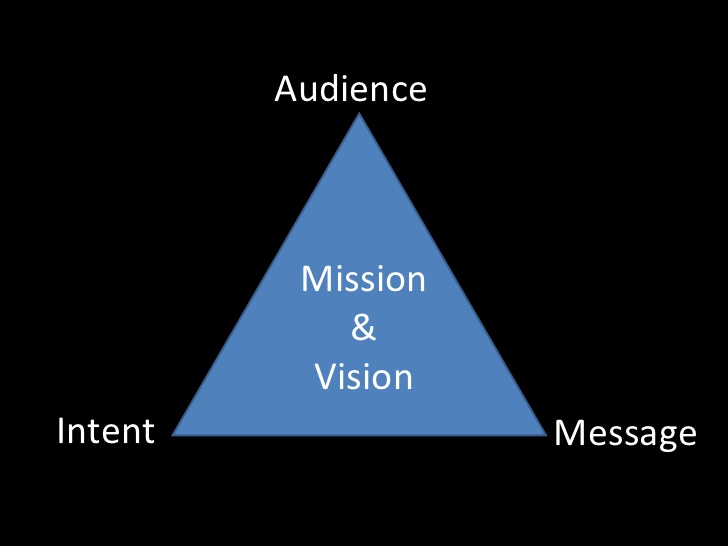If you really distill work — or, frankly, your entire life — down to a couple of core tenets, I would say one you might arrive at is “The ability to develop ideas and present them to others.” That’s the core of a lot of what you do at work, and it’s also the essence of picking a place to eat dinner or something rather micro-level like that. Everyone, as such, should get better at presentations — and everyone should realize they need to be less about “telling” and more about “listening.” I personally think presentation skills/classes should be mandatory from about the fourth grade through Year 5 of a PhD program, but I mean, what I believe is neither here nor there in the whole kit and kaboodle of things.
But if you want to be better at presentations and overall communicating, there’s a simple three-letter acronym you can follow: AIM.
The idea comes from this video:
J.D. Schramm is an organizational behavior professor at Stanford; he writes and speaks a lot about communicating to audiences, such as this post on HBR.
AIM, or A.I.M. (depending on how you like to think about acronyms), is pretty simple:
- Audience
- Intent
- Message
In short:
- Who am I speaking to?
- How do I want it perceived?
- What am I trying to say?
I may have mixed up the latter three somewhat — because I’m not a very bright person — but the basic idea is there. You need to think about who it’s going to, how you want it perceived, and what you’re going to say. If you could do that with everything you put out to the world — papers, e-mails, tweets, Facebook updates, PowerPoints, etc. — things might be a lot clearer.
Of course, you can’t think about it every time; that’s beyond the scope of the human brain, in all honesty. You get rushed and do things and that’s fine; that’s life. But using this as a core guiding principle could be helpful — stop for a second and think about your audience, your intent, and your message. Are you doing it right? You can always second-guess yourself, of course, but keeping those three ideas top of mind is going to be helpful. It can even work in sales.
Whenever I write posts about communication or listening or anything of this ilk, I always wonder this: almost every organization tends to classify communication as “an area that could improve” when they evaluate themselves. Heck, marriages do the same thing. If so many people think that, why is it so challenging to improve? Well, there’s a basic reason — humans are different, and want different things, and are at different points of their own career/life journey whenever a new item comes down the pike, so they perceive things differently and that creates confusion and conflict. I get that.
Here’s a second element, though: we tend to view the ability to communicate well as a “soft skill” in a lot of organizations; that means it’s not really tied to the idea of “making money.” Old-school guys look at making-money skills as being aggressive, being extroverted, etc. The ability to clearly communicate is kind of reserved for thought leaders or HR people (“they’ll write the all-staff memos”) or secretaries (“she does the bulk of my writing; I do the deals”).
If we started really emphasizing communication as a hard skill — as something you absolutely need in order to work at that place — I wonder if some of these discussions would be different.
For now, though: whenever you’re speaking to anyone, ever — even if it’s just through Twitter — stop for a second and AIM before you release.
